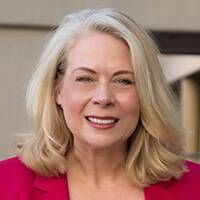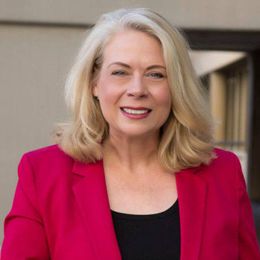Work, Retirement and Financial Security in the 21st Century
How to help older people extend their careers beyond today's norm
(This article is the fifth in a weekly Next Avenue series, The Future of Aging: Realizing the Potential of Longevity published by the Milken Institute Center for the Future of Aging. The first article in the series was A New Model for the Future of Aging. The second article was Personalized Aging: Extending Lifespans and Healthspans. The third article was Boomers: Less Tied to Friends and Family Than Others Are. The fourth article was What It Will Take for the U.S. to Profit From the Longevity Dividend.)

Imagine that you’ve entered a design contest. You have the opportunity to redesign 21 century life based on the assumption that people will live to 100 years and older — and in good health. You are asked to address the concepts of work, retirement and the ability to achieve long-term financial security. Putting your design together involves asking questions:
What are the implications of living to 100? In my work as a retirement researcher, I think about this a lot, especially given that so many people are already living to 100 and older.
The first thing that comes to my mind is that age 65 seems quite young for retirement. It leaves us with decades of time to fill, without earned income and potentially without a purpose in life.
Financially speaking, if we enter the workforce at 22 and retire at 65, we would be working for 43 years and saving for a retirement that could last 35 or more years. This proposition may be attainable for some, but it is mathematically impossible for many. Clearly, the long-held notion of stopping work altogether and fully retiring at 65 is ripe for disruption.
Should retirement be a fixed moment in time? A more flexible approach would enable us to extend our working lives, gradually transition and fully retire at an older age. It would afford the ability to stay active and continue earning income while saving for the day when we stop working altogether. In redesigning retirement, we must enable people to create their personalized transition based on their wants, needs and financial circumstances.
Why shouldn’t society provide the opportunity to work to 75, 85, 95, 105, or as long as we are physically and mentally capable of doing so? Of course, we all should be able to work until we’ve built a large enough nest egg and achieved long-term financial security. Once upon a time, the physical aspects of aging, such as changes in vision and hearing, may have limited our ability to work. Today, thanks to technology and improvements in health care, we can remain in the workforce much longer.
For people of all ages, it is vital that we foster age-friendly work environments and provide access to meaningful employment, self-employment and other ways to earn income.
How can we successfully navigate our long careers? Times are changing quickly and the pace of change is accelerating with advances in technology and artificial intelligence. An essential survival skill is adaptability, so we can evolve with our jobs or embark on entirely new professions.
We all need to keep our skills fresh, relevant and marketable. Expanding access to lifelong learning and continuing our education is essential for this quest.
Are we forgetting anything? The notion of working to live, versus living to work, is well worth integrating into our long careers. Our working lives should afford time for raising families, staying healthy and fit, maintaining social connections, pursuing hobbies, traveling and attending to the needs of our loved ones. We need more flexible work arrangements so we can achieve work-life balance and enjoy our long lives.
What is the most formidable barrier to change? The human race tends to be its own worst enemy. One of our greatest challenges will be overcoming biases about aging, including societal beliefs, employer perceptions and personal attitudes. Longevity is far too great a gift to waste. Now is the time to transform our youth-centered popular culture to celebrate people of all ages.
My vision for balancing work, retirement and financial security seems grounded in common sense, yet it calls for dramatic changes in public policy, employment practices and basic assumptions that we take for granted in our daily lives.
The costs associated with this vision are implementation-related, while the benefits can dramatically improve lives and even pave the way for economic growth. In addressing the needs of an expanded, multi-generational workforce, opportunities abound for innovative products and services. New solutions are needed to support personal savings and long-term financial security, lifelong education and training, career assistance, housing, transportation, health care, entertainment and even fashionable attire to wear.
What It Will Take to Succeed
No entity can implement this vision alone. Success requires a highly collaborative effort among stakeholders, including government, industry, education, nonprofits, employers and everyday people.
At Transamerica Institute, a nonprofit private foundation, and Aegon Center for Longevity and Retirement, we are conducting research and participating in the global debate about population aging, longevity and retirement security. We strive to effect positive change.


